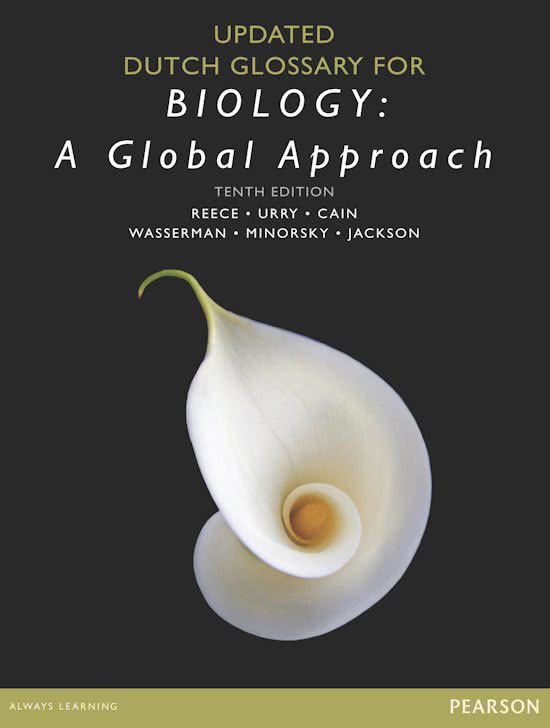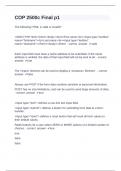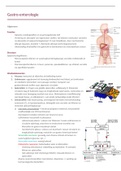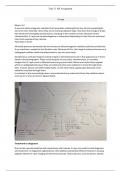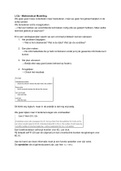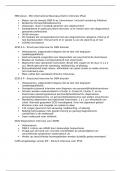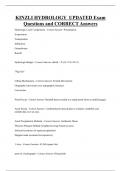College aantekeningen
lecture notes based on the BIOL111 Molecules of Life Module
- Vak
- Instelling
- Boek
Lecture notes based on Molecules of Life 2022/23. 16 pages covering all 12 lectures. Basic information (e.g. GCSE/A-Level knowledge) may be skimmed over or not included. Specific information (e.g. examples of proteins or amino acids) are mentioned as they have been included in end of module tests, ...
[Meer zien]

